Butternut Squash Baby Food Recipe
This post may contain affiliate links. As an Amazon Associate, I earn from qualifying purchases. Please read my disclosure.Save money with my simple butternut squash baby food recipe that is rich in flavor, vitamins, and minerals. It has a naturally sweet taste your baby will love, and I make it with just butternut squash and a splash of water in just over an hour.
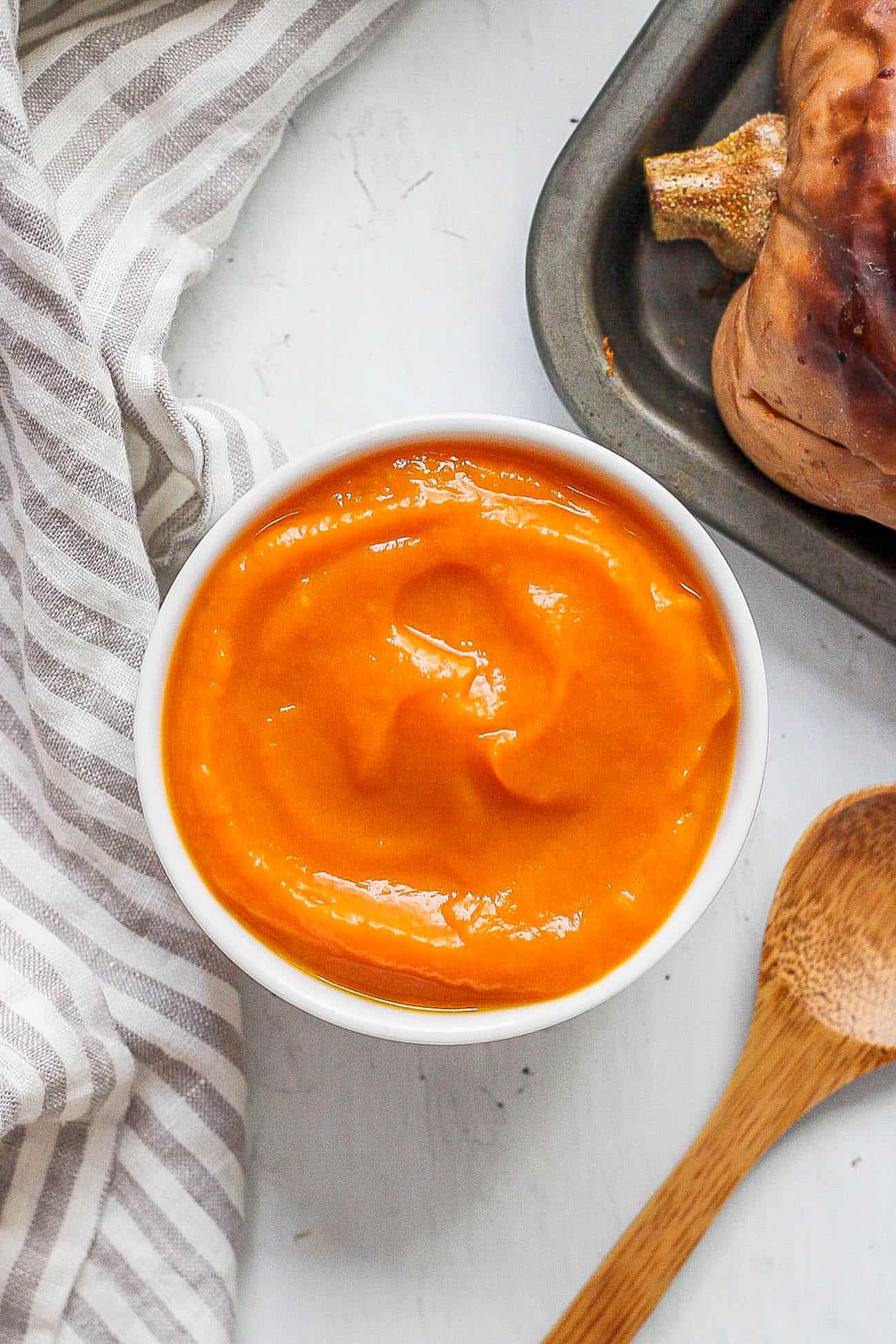
This was both of my kids’ absolute favorite purees when we first started them on solid foods! Roasted butternut squash is the perfect food for growing babies that’s rich in vitamins A, B , and C, potassium, magnesium, and fiber.
It takes a while to make, but it’s totally worth it! I used to bake 2 medium butternut squash to have enough puree to last a week or so. It’s the first step before moving them onto butternut squash bisque or butternut squash ravioli.
👩🏽🍳 Why I Love This Recipe
This roasted butternut squash puree is perfect for growing babies! No salt, no spices, no sugars, just natural nutrition from pureed butternut squash that can easily be frozen and reheated any time of the day to feed your hungry baby. Preparing this puree has saved me countless times when I needed a can of baby food fast. It’s a practical way for moms to make something delicious for their little ones while saving time and money going to the store to buy expensive baby food cans every week.
It was such a lifesaver having this recipe on hand, and one that I prepared every week while doing other things around the house, since the oven does most of the work. All you need to do is cut the butternut squash in half, pop it on a baking sheet with parchment paper, and bake it for an hour. Once it’s done, simply remove the flesh and throw it into a blender with a splash of water until it’s smooth and creamy. It’s so tasty and packed with nutrients, your baby will love it. Trust me, I raised 2 kids on this stuff!
I’ve even used leftovers as a base for soups, it’s that delicious and nutritious! What I love most is that I know exactly what goes into this puree. 100% butternut squash and a whole lot of healthy nutrients that growing babies need. Plus, it’s way cheaper than grocery store baby food, and let’s be honest, when something is this easy to make, it’s a no-brainer for any mom!
🥘 Ingredients
What I love the most is that I only need butternut squash to make this healthy baby food. Yes, that’s right!
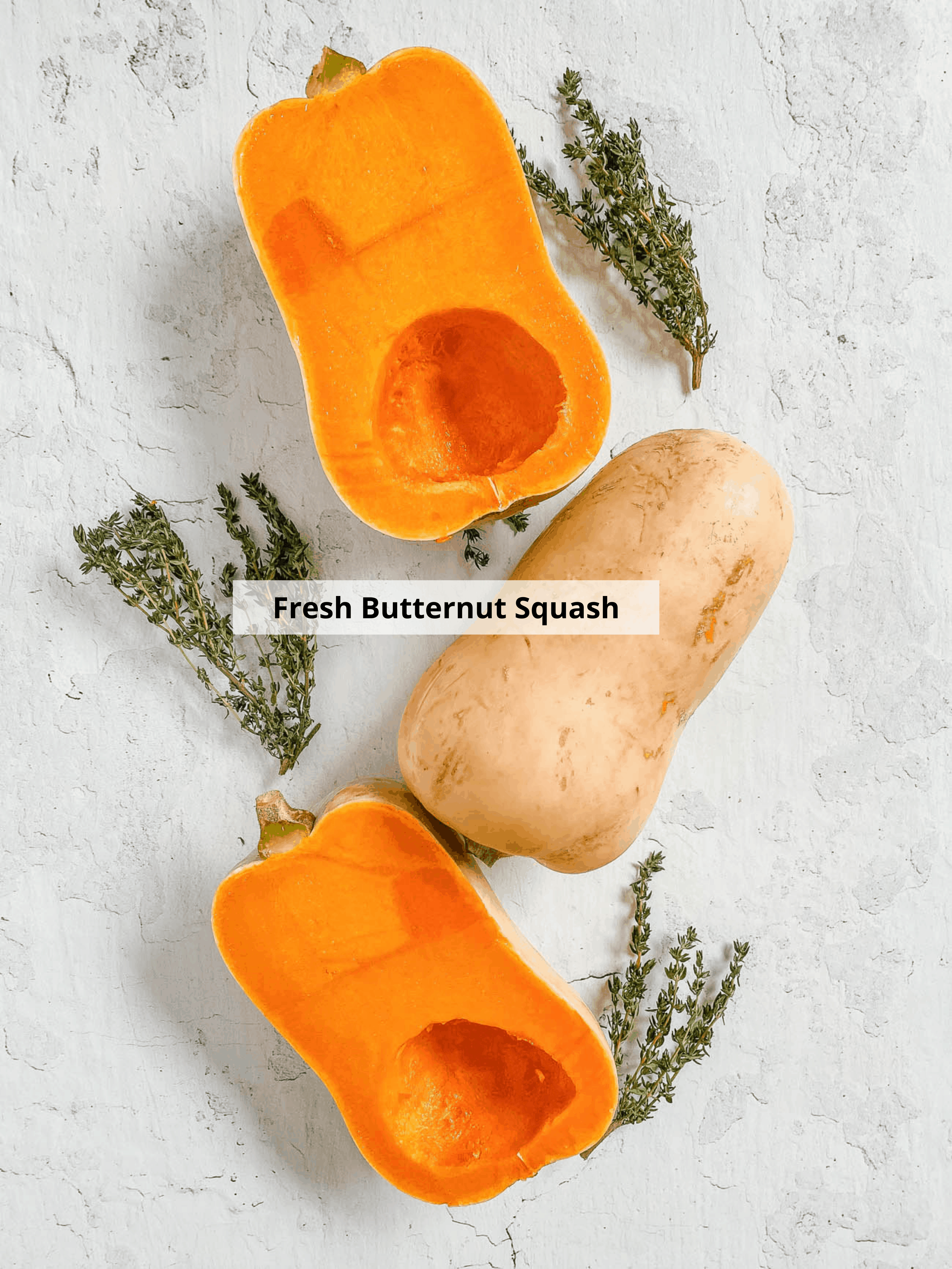
Butternut Squash: When preparing homemade baby food, I like to create a lot so that I can freeze it, and use throughout the month. I recommend using 2 medium butternut squashes. It will yield about 20 servings for baby. You can also use any winter squash for this recipe to change things up.
Water: In order to get a smooth puree, you’ll need to add water to thin out the butternut squash. I used approximately 16 ounces of water.
🔪 How To Make
It’s so simple to make butternut squash baby puree that you’ll wonder why you haven’t done it sooner!
Preheat oven and prep butternut squash: The first thing I do is preheat my oven to 400° Fahrenheit, then cut the squash in half lengthwise, remove the seeds, and place the squash flesh side down on a baking sheet covered with parchment paper.
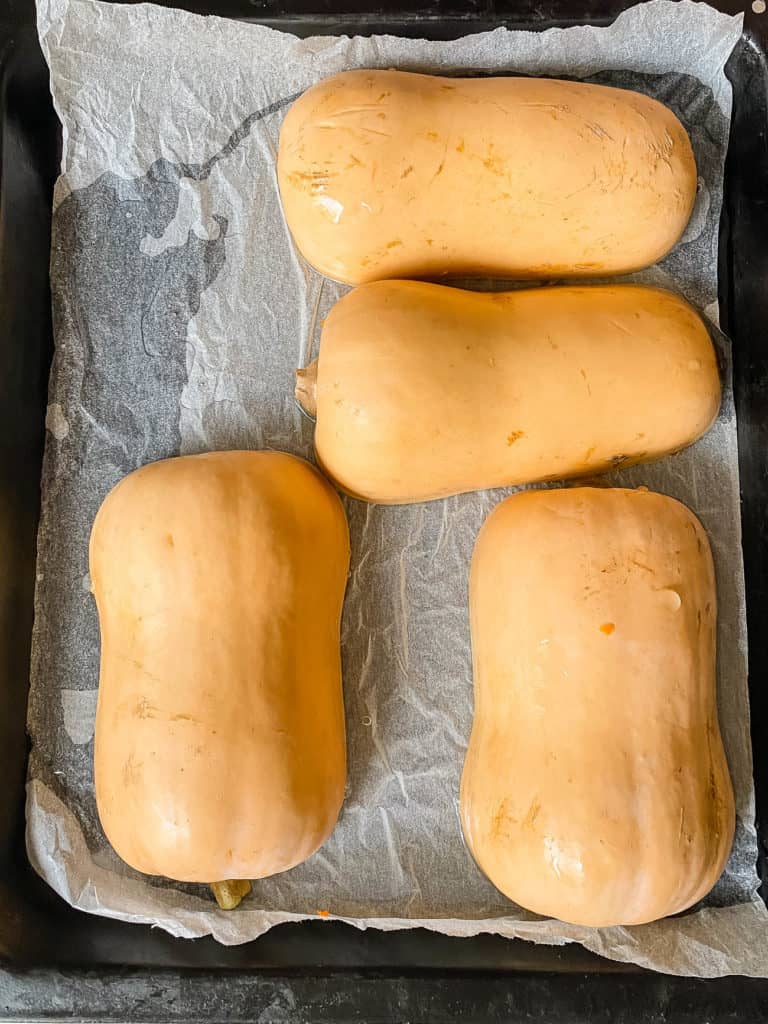
Roast Butternut Squash: I pour 8oz water onto the parchment paper and bake in the preheated oven for about an hour until tender. The squash should be bubbling and caramelized.
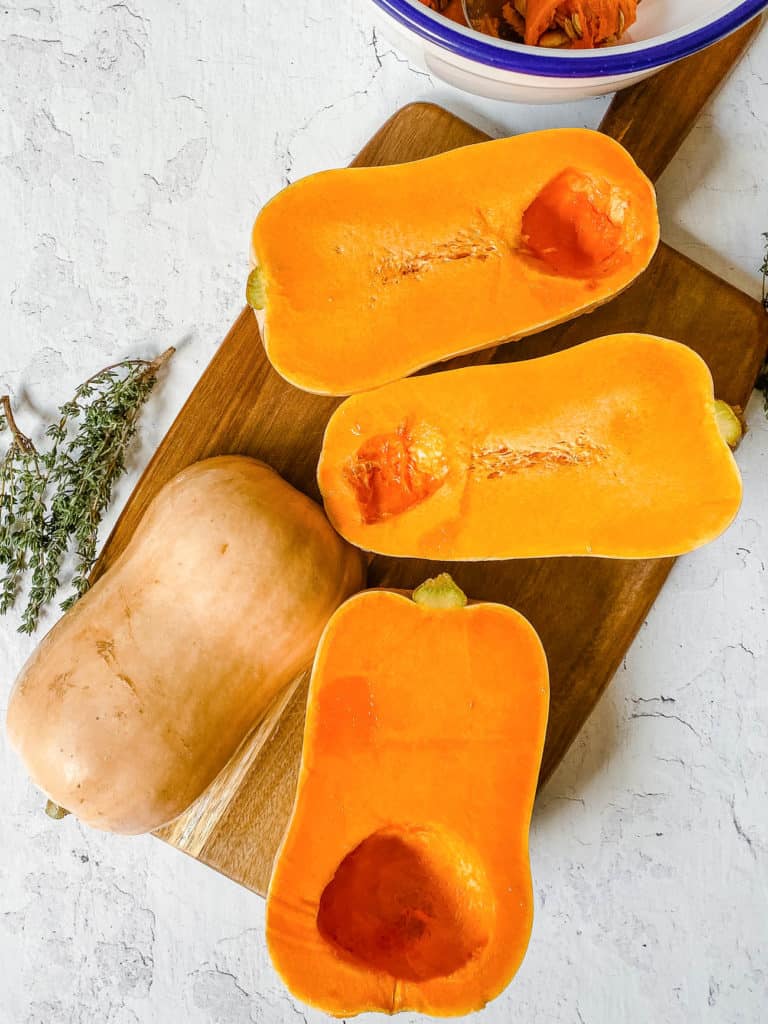
Puree Butternut Squash: Once baked, I let it cool for 10-15 minutes so that I can hold it to remove the thick skin. Then, place the tender squash flesh into a blender with 8oz of water and puree until smooth.
Prep for Freezer: I recommend pouring the puree into ice cube trays and then wrapping/covering with plastic and freezing. Let it cool completely before freezing.
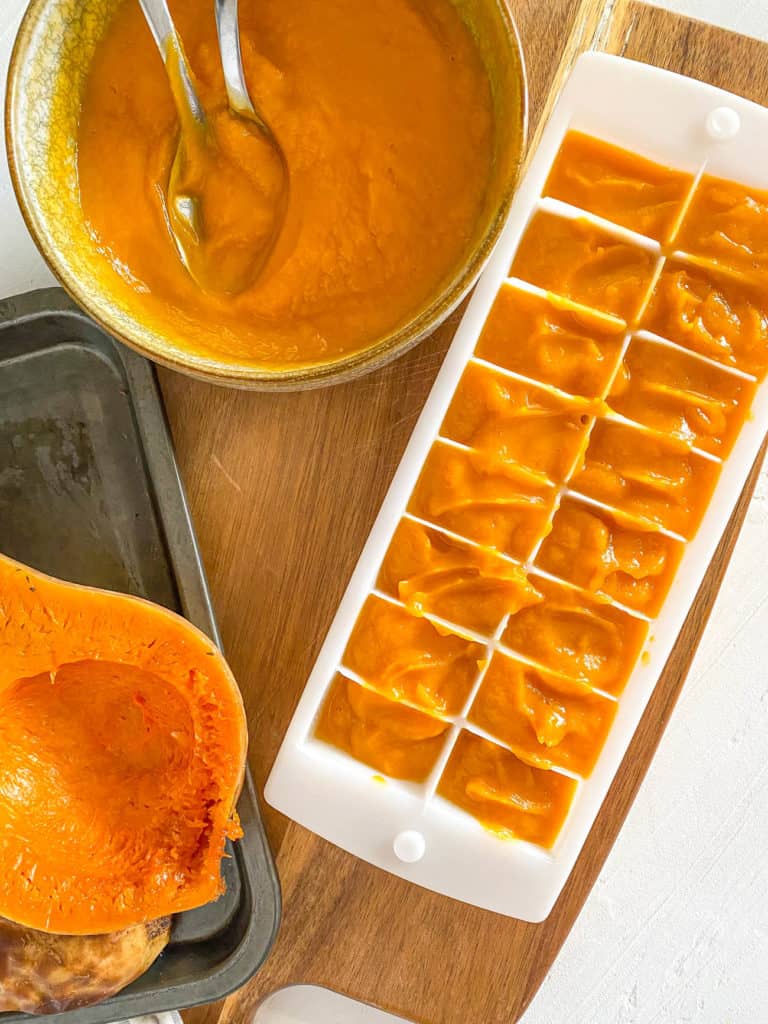
💭 Expert Tips
My #1 Secret Tip for this roasted butternut squash baby puree is using parchment paper when baking the squash. This will prevent the squash from sticking to the baking tray and time scraping burnt bits on the bottom afterwards. I skipped this step once, and regretted it immediately after baking!
Other Tips To Keep In Mind:
- For making the puree: I never bother with a fancy baby food maker. A simple hand blender or food processor works perfectly for me.
- For storing: I like using baby freezer containers or small storage containers. They make freezing and defrosting baby food so much easier.
- For extra nutrition: I stir in a bit of breast milk or baby formula before serving. My little ones always enjoy it this way.
- For cooking methods: Besides roasting, I sometimes boil or steam frozen or pre cut squash. It saves me a lot of time since I do not have to peel and chop a whole squash.
- For adjusting texture: I add a little water if I need to adjust the texture. That way I can make the puree as smooth as I want.
📖 Variations
The great thing with baby purees is that they can be packed with nutrients from other fruits and veggies. Here are some of the variations I used to try:
Add Fresh Herbs: To give the squash a herby flavor, I used to blend the squash with fresh herbs, such as fresh thyme or rosemary.
Add Spices: Another delicious way to add more flavor to the homemade baby food is to blend the squash with a touch of cinnamon or nutmeg. These warm spices bring out the natural sweetness of butternut squash.
Add other veggies: Although my kids never got bored of eating this delicious butternut squash puree, I sometimes mixed up the flavors with cooked carrots, spinach, bell pepper, or zucchini.
🍽 Serving Suggestions
If you’re looking to give your little one something extra with their meal, I have some easy purees for you to try that they will absolutely love.
Pairing options: My kids were huge fans of butternut squash puree paired with a few spoons of this homemade avocado puree for babies. And if you want to experiment with some Indian flavors, this easy lentils for babies recipe is full of healthy and nutritious ingredients such as rice, lentils, veggies, and warm spices.
Dessert options: I used to make these homemade baby teething biscuits for my firstborn. They’re so easy to make in less than 30 minutes and contain 4 wholesome ingredients. Another favorite baby’s love is homemade prune puree.
🧊 Storage Directions
Refrigeration: I let the puree cool, then transfer it to baby airtight containers, and chill them for 3-4 days.
Freezing: Once the puree has cooled, I pour the puree into ice cube trays / baby food trays, cover them with plastic wrap so they are airtight, and freeze them for up to 4 months.
Reheating: I let the cubes thaw in the fridge overnight before I intend to warm them up, or I put the small cubes in a bowl over a bowl of hot water on the counter to defrost. You can also defrost them in the microwave on the defrost setting. It’s important to warm the puree to body temperature so it’s not too hot for the baby.
❓Recipe FAQs
In my experience, no! Any food that is high in fiber and low in starch needs to be consumed with enough water in order to prevent constipation. This butternut squash is high in fiber, and for some babies, this can cause constipation if they’re not drinking enough water with their meals. However, if you provide your baby a balanced diet that includes other foods that relieve constipation, such as pears or prunes, your child should not have a problem with constipation caused by butternut squash.
As a rule of thumb, babies can start eating purees like this butternut squash as early as 4 months, although solids are typically recommended around the age of 6 months of age. Mine started eating this puree and others at 4 months, and it is an excellent option for a baby’s first foods because it is easy for babies to digest, and it doesn’t contain common allergens.
No, you do not need to peel the squash before roasting. I find it is much easier to peel the skin off the flesh after it has been roasted. Just be sure to remove all skin before you puree, as the skin is very tough and not suitable for a baby.
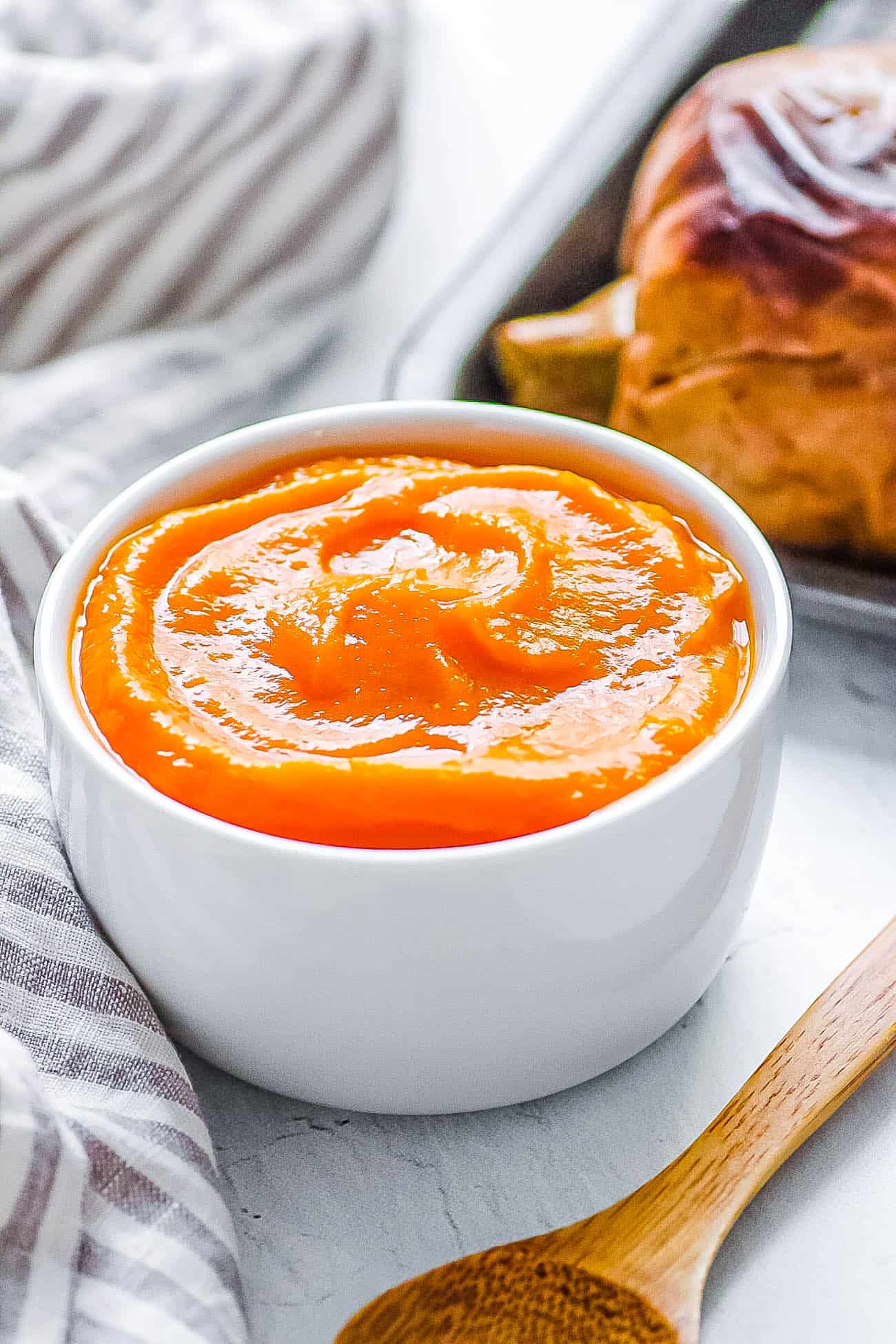
Love this healthy baby food recipe? Please leave a 5-star rating 🌟 in the recipe below and/or a review in the comments section further down the page!
You can also FOLLOW ME on FACEBOOK, INSTAGRAM, and PINTEREST to see more delicious, healthy, family-friendly food, and if you have any questions, I’m here to help!
🎥 Watch How to Make It
Butternut Squash Baby Food Recipe
Ingredients
- 2 medium sized organic butternut squash
- 16 oz water divided
Instructions
- Preheat oven to 400F
- Cut squash in half lengthwise, remove seeds.
- Place squash flesh side down on a sheet tray covered with parchment paper.
- Pour 8oz water onto the parchment paper.
- Roast for about an hour until tender. The squash should be bubbling and caramelized.
- Allow to cool 10-15 minutes until you can hold it without a problem.
- Peel off the outside skin and put flesh into a blender with 8oz water. Puree until smooth.
- Pour into ice cube trays, allow to cool, then wrap/cover and freeze.
- Thaw in the fridge the night before use, or thaw by putting the ice cube in a bowl over a bowl of hot water on the counter to defrost.
Notes
-
- My #1 Secret Tip for this roasted butternut squash baby puree is using parchment paper when baking the squash. This will prevent the squash from sticking to the baking tray and time scraping burnt bits on the bottom afterwards. I skipped this step once, and regretted it immediately after baking!
- For making the puree: I never bother with a fancy baby food maker. A simple hand blender or food processor works perfectly for me.
-
- For storing: I like using baby freezer containers, covered ice cube trays, or small storage containers. They make freezing and defrosting baby food so much easier. Note: 1 ice cube = 1 ounce = 2 tablespoons of baby food.
-
- For extra nutrition: I stir in a bit of breast milk or baby formula before serving. My little ones always enjoy it this way.
-
- For cooking methods: Besides roasting, I sometimes boil or steam frozen or pre cut squash. It saves me a lot of time since I do not have to peel and chop a whole squash.
-
- For adjusting texture: I add a little water if I need to adjust the texture. That way I can make the puree as smooth as I want.




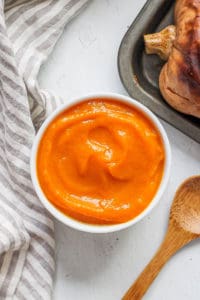
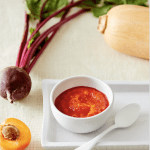
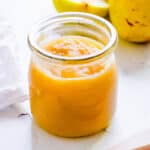
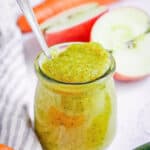




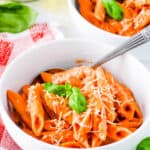

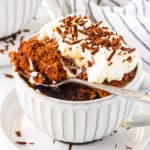
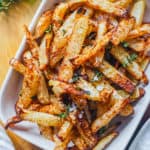

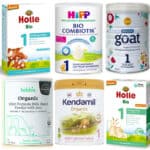
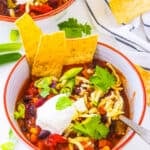

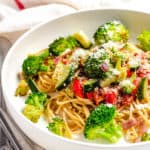
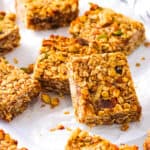


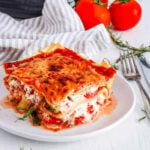
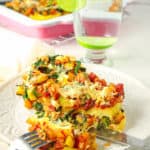
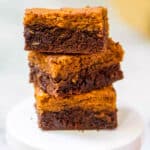


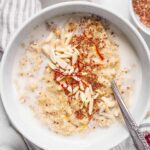
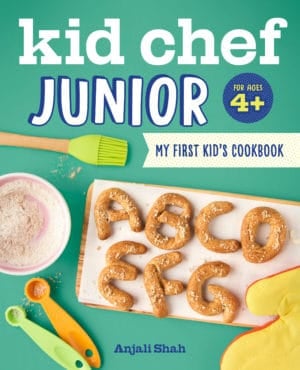



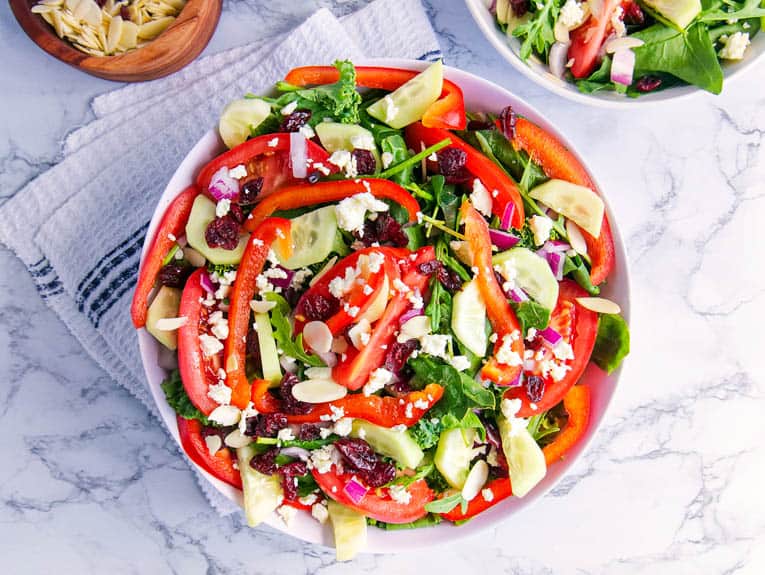


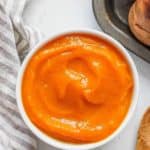
Just a correction: 1 oz = 30 ml. 1 TSBP = 15 ml. So, 1 oz is actually 2 TBSP.
Oh yes thank you for catching that! That was a typo – it has been fixed now!
When adding the water prior to blending to a puree … Can you use fresh breast milk? Then separate and freeze?
Hi Amanda! I don’t recommend adding fresh breast milk to the puree instead of water since breast milk and this baby food have different “shelf lives” in the freezer. Instead, I’d make this with water and use a little less water – and then right before serving, I’d add breast milk into it and serve. Hope that helps!
This is such a fantastic way of getting whole food for the baby. Love how it’s simple and free from additives!
Thanks so much Jeannette! 🙂
I made this to store through this week! So quick and easy and simple.
Thanks so much! 🙂
Hi,
I buy precut and peeled butternut squash cubes….would roasting be the same?
Thanks
Hi Jenna! Yup absolutely – if it’s fresh butternut squash the roasting directions would be the same!
do you still use water? why do you pour water on the parchment paper wouldn’t that make the squash soggy?
Hi Jenna! The water actually acts as a steaming/roasting agent in the oven and the butternut squash doesn’t get soggy at all! I do still use water when roasting it this way. Alternatively, if you are ok with your baby having olive oil, then you can roast it with olive oil and puree instead!
Hello. I just made a whole butternut squash & pureed it with the skin on! It was so soft after I cooked it I just diced the whole thing & didn’t even think about the skin. It honestly was so soft! Do you think this is OK? Uhh now I’m mad at myself!
Hi! You know what – that’s actually ok! The skin of the butternut squash is technically edible, we just don’t usually eat it because it can be tough. But if the skin ended up being soft after you cooked it then that means it should be easy to digest for your baby! 🙂
Hi Anjali ,I usually pressure cook any veggie or fruit. I came across ur blog today the recipe calling to roast it in oven. No idea about this before. Does it make any diff or any advantage?
and I also need a recipe for instant Rice/oatmeal/multigrain cereal like the store bought ones (like ready to mix it with breastmilk/formula and feed the baby
TIA
Hi Sugaathri! You don’t have to roast the veggies – it just brings out a different flavor than steaming since roasting caramelizes the veggies a bit. But totally not necessary. Pressure cooking is ok! For a good cereal recipe, I’d recommend buying oat bran and making it according to the package directions (with water) – and then when you’re ready to serve it you can mix it with breastmilk/formula. Oat bran has the consistency of porridge so its really easy for babies to eat, but it’s packed with nutrition and fiber so it’s super healthy 🙂
Hi can you steam butternut squash?
Yes absolutely you can! 🙂
Hello Anjali! I see in all your recipies that you say cool the food and then freeze. Why we cant use it just fresh the day that it is made? Thank you
Hi Andy! You absolutely can (and should!) use it the day it’s made. But most of these recipes make a LOT of food — for the purpose of bulk prep so you don’t have to make baby food every day. That’s why there are freezing instructions included in the recipe. Let me know if you have any other questions!
Yes I have another question if you dont mind. I have no idea where to find that ice cube holder that you use to freeze the food because I live in a place that I dont think we have here like that and we cant order in Amazon so my question might sound silly but is 1 tablespoon of food 1 oz? Thnx again
Hi Andy! Where do you live? And yes! 1 tbsp of food is approximately 1oz! 🙂
I live in Albania. I can find random ice holder but I was saying that I want something safe for my baby’s food. Thank you
Hi Andy, Ah I see. I think any ice cube tray would work then! Ice cubes are generally about 1 tbsp in size. Hope that helps!
Yes it helps a lot. Thank you
No problem!
When do you start adding spices? So far the fruit and vegetables purées I’ve made have just been the fruit and vegetables and water. Do I add them once I know she is not allergic to the vegetable itself? Thank you!
Hi Sara! Yup exactly! What I would do is introduce the fruit or veggie first. Then once you know she isn’t allergic, add a pinch of the spice right before you serve it. If you are making purees in batch and freezing them, you don’t have to add the spice to the puree at that point (although you can do it before freezing the puree) – you can also do it right before you serve it to your daughter. Hope that helps!